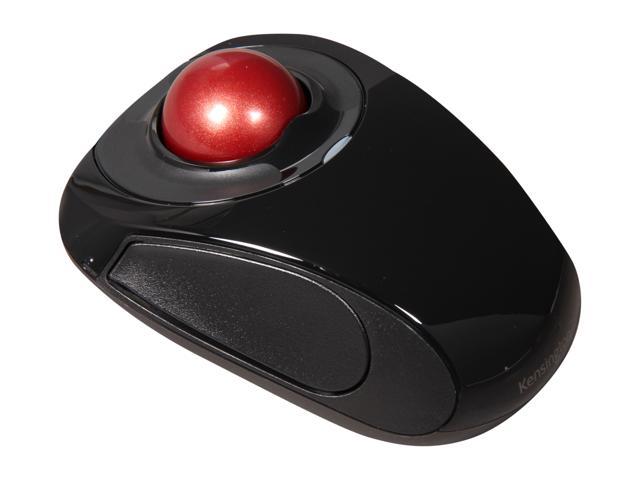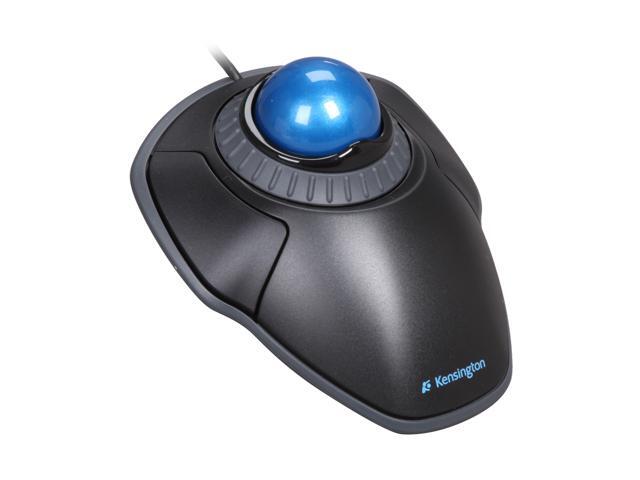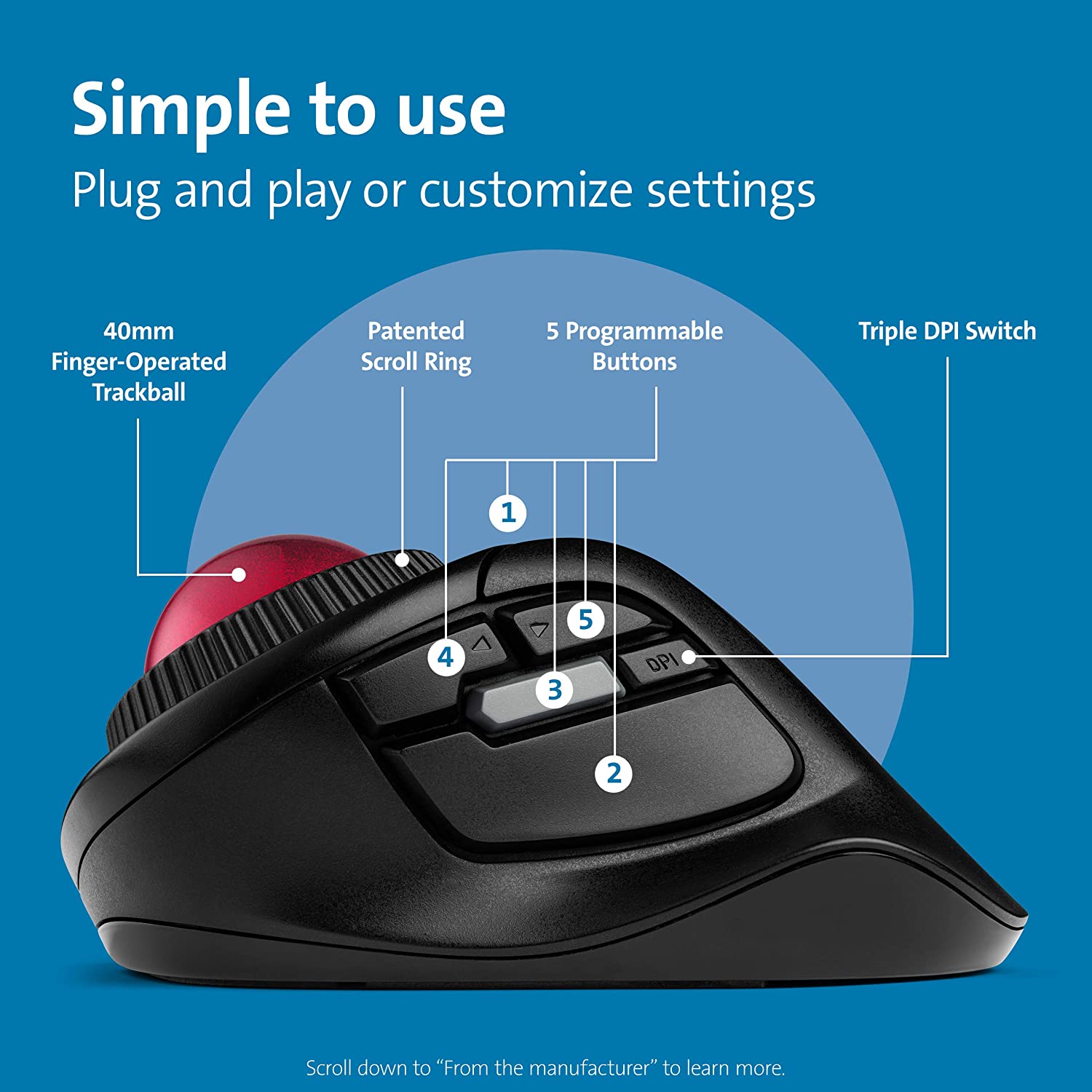
Ī similar trackball device at the German Bundesanstalt für Flugsicherung was constructed by a team around Rainer Mallebrein of Telefunken Konstanz as part of the development for the Telefunken computer infrastructure around the main frame TR 440, process computer TR 86 and video terminal SIG 100-86, which began in 1965. Since 1966, the American company Orbit Instrument Corporation produced a device named X-Y Ball Tracker, a trackball, which was embedded into radar flight control desks. By counting the pulses, the physical movement of the ball could be determined.

When the ball was rolled, the pickup discs spun and contacts on their outer rim made periodic contact with wires, producing pulses of output with each movement of the ball.


Several additional rollers provided mechanical support. ĭATAR's trackball used four disks to pick up motion, two each for the X and Y directions. DATAR was similar in concept to Benjamin's display, but used a digital computer to calculate tracks, and sent the resulting data to other ships in a task force using pulse-code modulation radio signals. Designed primarily by Tom Cranston, Fred Longstaff and Kenyon Taylor, they chose the trackball as the primary input, using a standard five-pin bowling ball as the roller. The CDS system had also been viewed by a number of engineers from Ferranti Canada, who returned to Canada and began development of the Royal Canadian Navy's DATAR system in 1952. Production versions of the CDS used joysticks. The device was patented in 1947, but only a prototype using a metal ball rolling on two rubber-coated wheels was ever built and the device was kept as a military secret. Benjamin felt that a more elegant input device was needed and invented a ball tracker system called the roller ball for this purpose in 1946. Benjamin's project used analog computers to calculate the future position of target aircraft based on several initial input points provided by a user with a joystick. The trackball was invented as part of a post- World War II-era radar plotting system named Comprehensive Display System (CDS) by Ralph Benjamin when working for the British Royal Navy Scientific Service. Some small "thumballs" are designed to clip onto the side of the keyboard and have integral buttons with the same function as mouse buttons.
Kensington trackballworks not showing up portable#
Before the advent of the touchpad, small trackballs were common on portable computers (such as the BlackBerry Tour) where there may be no desk space on which to run a mouse.

Large trackballs are common on CAD workstations for easy precision. The trackball's buttons may be situated to that of a mouse or to a unique style that suits the user. Some trackballs have notably low friction, as well as being made of a dense material such as phenolic resin, so they can be spun to make them coast. With most trackballs, operators have to lift their finger, thumb or hand and reposition in on the ball to continue rolling, whereas a mouse would have to be lifted itself and re-positioned. Users roll the ball to position the on-screen pointer, using their thumb, fingers, or commonly the palm of the hand while using the fingertips to press the mouse buttons. Ī trackball is a pointing device consisting of a ball held by a socket containing sensors to detect a rotation of the ball about two axes-like an upside-down ball mouse with an exposed protruding ball. The original version of the Kensington Expert Mouse can use a standard American pool ball as a trackball.


 0 kommentar(er)
0 kommentar(er)
